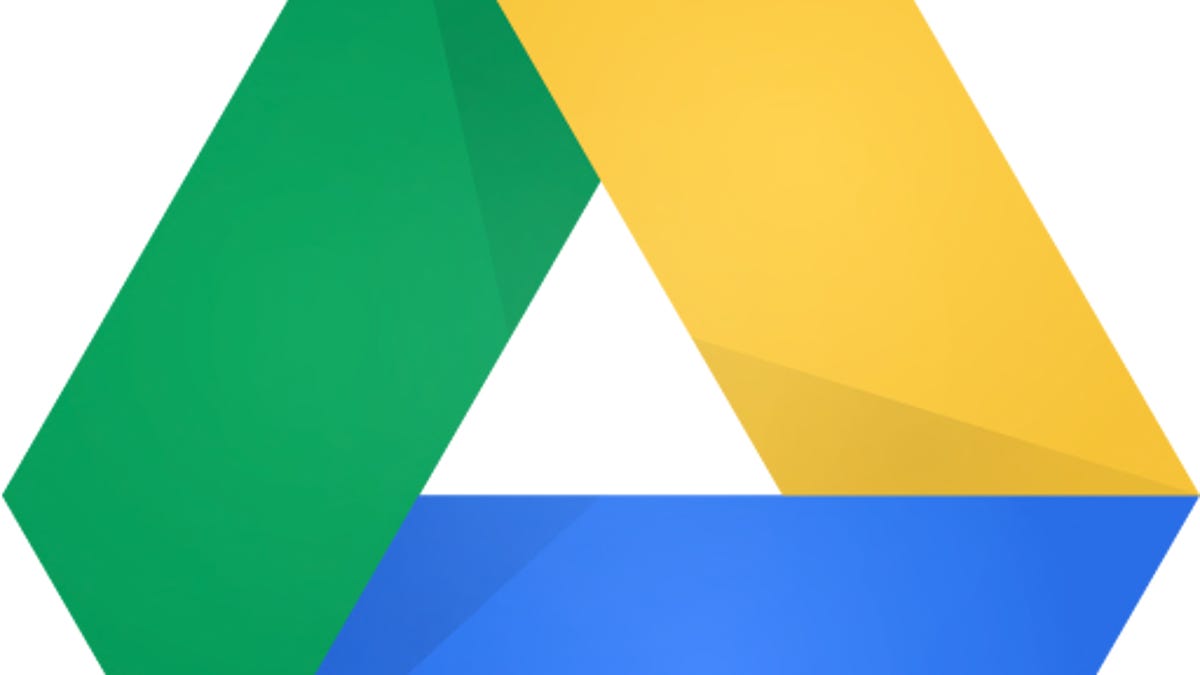Google Drive and the end of sneakernet
How Google Drive and other cloud lockers have changed the way I carry and share files.

For many years I've always carried a high-capacity USB key with me. The actual unit has changed size, shape, and capacity, but its purpose has always been the same: to easily transport files too large for convenient e-mailing.
This idea is usually called "sneakernet," as in, you physically walk the files from your current location to wherever they need to go, either across the office, or the other side of town.
My current sneakernet device is an 8GB LaCie IamaKey -- conveniently shaped like a key and easy to attach to a key chain. It was usually packed with not only photos and video, but also PC game save files (Dragon Age, Oblivion, etc.), and my folder full of install files for must-have free software apps (Firefox, VLC Player, etc.).
But I recently realized that my treasured USB key had been taken off the active rotation -- I hadn't used it in months. When I've had to send a large folder full of high-res photos or share video clips (both of which I use for some of our laptop coverage), I turned to Google Driveinstead, uploading my files then sharing them or redownloading them on a new laptop as needed.
It's not that Google Drive is so much different than Google Docs was before it, or that other cloud locker systems didn't already exist. Instead, it was a perfect storm of features, convenience, and opportunity.
The updates that turned Google Docs into Google Drive made it easier to figure out how to create folders, fill them with media files, and share them. Before that, other services, such as Dropbox, were fine for occasional sharing, but I've never found the free versions all that easy to use, or their file size restrictions didn't work for me. Dropbox, Box.net, and othershave their fans, and certainly are great resources, but I'm just connected to my Google account pretty much all day -- so accessing that storage space never takes more than a few seconds.
Previously, I probably used the 5GB of storage included with Amazon's cloud services most often for transporting large files (such as the occasional podcast MP3 file), but I never got into the habit of using it regularly. It's not that Google Drive is so vastly superior to other cloud storage/sharing options, but that it's the one most likely to be in front of you when a large video file needs to go to a co-worker, and sending it via e-mail would clog up the recipient's mailbox -- if it managed to send at all.
That said, there are serious reasons why people are wary of going all inon cloud file sharing. The overreaching terms of service have been called a "toxic brew,"with Google potentially being able to access user files, or turn them over to a third party with a court order. Cloud documents and files are also potentially vulnerable to social hacking, if you can be tricked into giving up your password.
I've also heard from those who have a hard time trusting Google or another company to keep data safe when it's not on your local machine. My thought is usually that I trust a big system of redundant remote backups more than I trust my ability to not spill a cup of coffee on my laptop, which could easily hold the only copy of a valuable file.
And so, in a gradual, nondeliberate move over time, I've largely given up on passing USB keys or burned DVDs of data around the office. While it might be time to retire my LaCie IamaKey once and for all, it's served me well, and will enjoy a relaxing retirement in my oversize mug of old USB drives.

